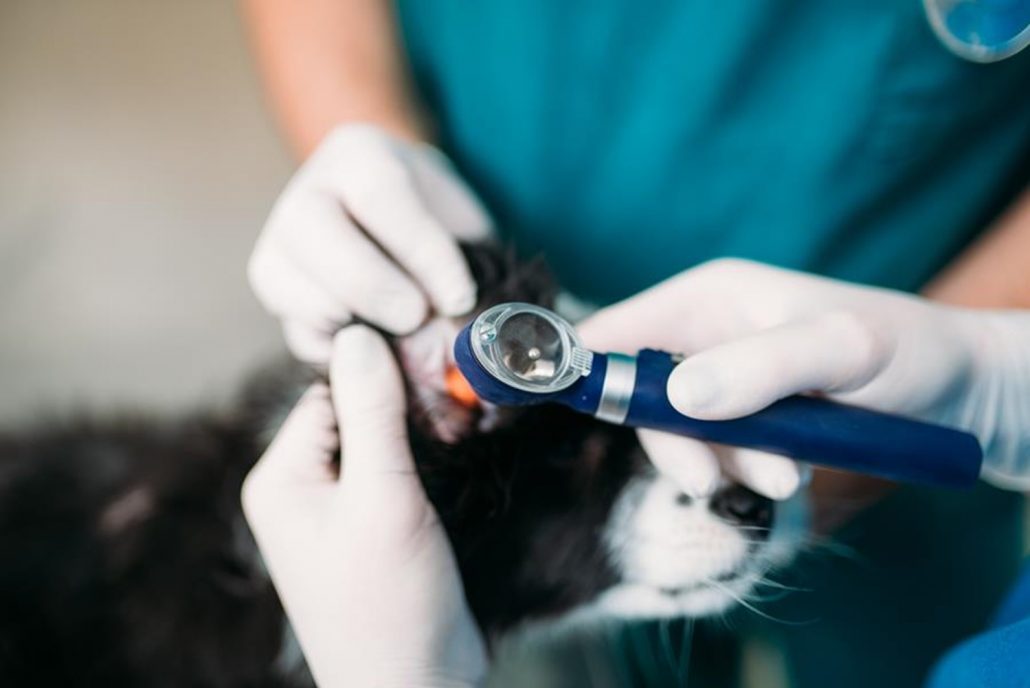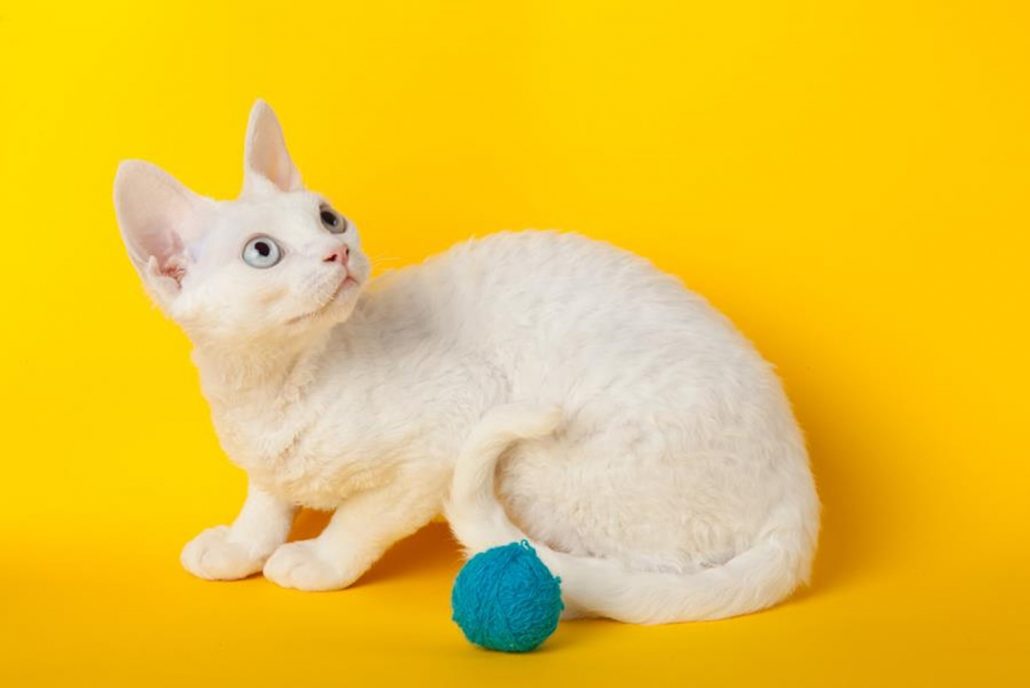Otitis – Ear Infection in Dogs & Cats
What is Otitis Externa?
The external ear canals of most dogs and cats harbor small numbers of harmless microorganisms. These organisms may cause disease if the environment of the ear
Otitis Externa refers to an infection of the external ear canal that is, the area between the ear canal entries through to your pet’s eardrum. The external ear canal is made up of horizontal and vertical canals. The clinical signs of Otitis Externa include:
- Discharge visible at the ear canal entry
- Malodourous (bad/ putrid) smell from the ear
- Redness of the ear canal entry or ear itself
- Shaking of the head
- Rubbing side of the head & ears along the ground
- Scratching at the ears
How Do We Diagnose Otitis Externa?
- Examination of the ear canals with an otoscope – we will look down your pet’s ear with a special scope to examine the ear canal and eardrum. In some cases, there may be too much discharge to see these structures properly.
- Cytology of the ear canal discharge – we will use a cotton tip swab to take a sample of the discharge to view under the microscope. This will allows us to determine the most likely organisms causing the infection, and for an appropriate treatment plan to be developed
- Otitis can be very painful and distressing for your pet and will not get better on it’s own. Left untreated, it can progress to serious problems like Haematomas and middle ear infections.

Otitis – Ear Infection in Dogs & Cats
Why Does This Happen?
There may be several factors involved. Primary causes of Otitis include:
- Allergies (like Atopy & food allergies) – the most common primary cause of Otitis in dogs.
- Ear mites – common in both cats & puppies
- Foreign bodies – (eg. grass seeds

Secondary bacterial or fungal infections can often develop, making the problem far worse. There might also be other predisposing factors, which increase the risk of developing Otitis.
A moist, dirty, poorly ventilated ear canal creates the ideal environment for the growth of bacteria and yeasts/fungi. These include:
- The shape of a dog (or cat’s) ear. A dog’s ear canal is deep and curved. Which enables dirt, wax and moisture to easily accumulate.
- Some breeds are more susceptible than others. Spaniels for eg. have long floppy ears that cover the canal opening, restricting airflow & trapping moisture.
- Excess hair inside the ear canals (common in poodles & terriers) could have a similar effect.
- Locations with high humidity & high temperatures
- Bathing or swimming where water can get trapped
- Excess wax production in the ear canals
Unfortunately, some dogs that are particularly prone to Otitis may not be cured completely and can suffer relapses. Understanding the cause will assist with both the treatment and prevention of this condition.

Otitis – Ear Infection in Dogs & Cats
How do we manage Otitis Externa?
The initial treatment for Otitis Externa involves getting your pet on the right mix of medications to address not only the infection, but also any associated inflammation or pain. These treatments usually include:
- Topical antibiotics and/or antifungal agents – these are used to treat the organisms in the ear canal causing the infection. It is important they are given as prescribed and for time frame specified, even if the ear is looking better.
- Oral antibiotics – these may be used in conjunction with topical treatments at the discretion of your vet. Not all ear infections will require oral antibiotics.
- Corticosteroids – these are used to reduce inflammation in the ear canals.
- Ear canal flush

Otitis – Ear Infection in Dogs & Cats
Ear Cleaning
Ear cleaning agents are to be used daily during the treatment of the ear infection to help remove discharge present in the ear canal. We can recommend a suitable ear cleaner for you to use on your pet.
Ear Drops
- Always shake eardrops well before use.
- Lift the earflap and apply the drops directly into the ear canal then work them in by massaging the base of the ear.
We’ll show you how to do this. The label on the bottle will tell you how many drops to use. Usually, you’ll use them twice per day for 10 -14 days, but this can differ depending on the type of drops being used.

Always Follow The Directions On The Label!
Note: If you have used a cleansing solution, you should ideally wait a few hours before putting in the eardrops. If you don’t, the drops will be diluted and shaken out along with the cleansing solution, and won’t work!
Follow-up checks are VERY important!
At the end of your pet’s treatment, it’s very important that you make a follow-up appointment to bring your pet back for us to recheck their ears.
To BOOK for an appointment please give us a call on

